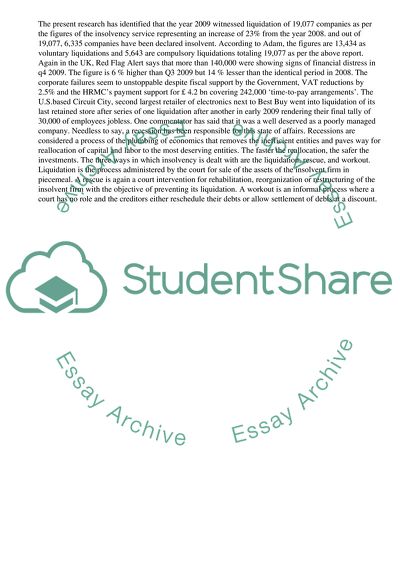Cite this document
(“Liquidation Assessment through Strategic Financial Statement Analysis Essay”, n.d.)
Retrieved de https://studentshare.org/management/1562150-liquidation-assessment-through-strategic-financial-statement-analysis-financial-management-at-phd-level
Retrieved de https://studentshare.org/management/1562150-liquidation-assessment-through-strategic-financial-statement-analysis-financial-management-at-phd-level
(Liquidation Assessment through Strategic Financial Statement Analysis Essay)
https://studentshare.org/management/1562150-liquidation-assessment-through-strategic-financial-statement-analysis-financial-management-at-phd-level.
https://studentshare.org/management/1562150-liquidation-assessment-through-strategic-financial-statement-analysis-financial-management-at-phd-level.
“Liquidation Assessment through Strategic Financial Statement Analysis Essay”, n.d. https://studentshare.org/management/1562150-liquidation-assessment-through-strategic-financial-statement-analysis-financial-management-at-phd-level.


